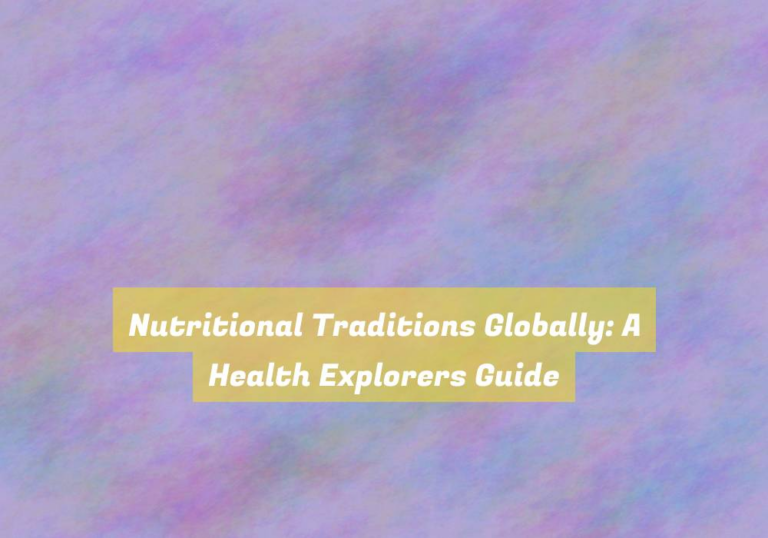Essential Safety Gear and Techniques for Athletes
When it comes to navigating the unpredictable terrain of sports and physical activity, think of essential safety gear and techniques as your trusty compass and map.
TheyG??re the tools that guide you through potential hazards and unforeseen obstacles, ensuring your journey is as smooth as possible.
From protective gear that shields you from impact to injury prevention techniques that strengthen your bodyG??s defenses, the world of athletic safety is vast and vital.
So, lace up your metaphorical hiking boots and prepare to explore the essential safety gear and techniques that every athlete should have in their arsenal.
Importance of Protective Gear
Wearing proper protective gear is crucial for athletes in order to minimize the risk of serious injuries during sports and physical activities.
When you engage in any form of physical activity, whether itG??s a contact sport like football or a solo activity like cycling, the right protective gear can make all the difference. Helmets, pads, mouthguards, and eyewear are just a few examples of essential protective gear that can shield you from potential harm.
Without these safeguards, you expose yourself to a higher likelihood of sustaining concussions, fractures, sprains, or even more severe injuries. By investing in and consistently using the appropriate protective gear, youG??re actively taking responsibility for your own safety and well-being.
ItG??s not just about following the rules or meeting regulations; itG??s about valuing your physical health and taking proactive steps to protect yourself. Remember, the right gear wonG??t make you invincible, but it significantly reduces the chances of suffering from avoidable injuries.
Proper Footwear for Performance and Safety
Invest in the right footwear to enhance your performance and ensure your safety while engaging in physical activities. Proper footwear is essential for athletes as it provides stability, support, and protection.
When choosing athletic shoes, consider the specific demands of your sport. For example, runners should opt for shoes with ample cushioning and support to absorb impact and prevent injuries. On the other hand, basketball players need high-top shoes to support their ankles during quick lateral movements.
Additionally, ensure that the shoes fit properly to avoid blisters, discomfort, and potential foot problems. Look for a snug fit in the heel and midfoot, with some room for your toes to wiggle.
ItG??s also crucial to replace your athletic shoes regularly, as worn-out soles and decreased support can lead to overuse injuries.
Injury Prevention Techniques
To minimize the risk of injury during physical activity, incorporate proper warm-up and cool-down routines into your training regimen.
Before starting any intense exercise, spend 5-10 minutes doing light cardio, such as jogging or cycling, to increase blood flow to your muscles and prepare them for the upcoming workout. Follow this with dynamic stretches that mimic the movements youG??ll be doing during your activity.
After your workout, take 5-10 minutes for static stretching to help your muscles relax and improve flexibility. Additionally, itG??s crucial to listen to your body and not push through pain or overexert yourself, as this can lead to injuries.
Cross-training is another effective injury prevention technique. By varying your activities, you can reduce the risk of overuse injuries and improve overall fitness.
Lastly, make sure to incorporate rest days into your training schedule to allow your body time to recover and repair itself. These injury prevention techniques will help you stay healthy and active, allowing you to perform at your best while minimizing the risk of injury.
Safe Training and Competition Practices
Incorporate regular breaks and hydration into your training and competition practices to ensure the safety and well-being of your body. Taking breaks during intense training sessions allows your muscles to rest and recover, reducing the risk of overuse injuries. Aim to take short breaks every 60-90 minutes to stretch, rehydrate, and refocus your mind.
Hydration is also crucial for maintaining peak performance and preventing heat-related illnesses. Drink water before, during, and after your training sessions, and consider sports drinks if youG??re exercising intensely for more than an hour.
Furthermore, itG??s important to listen to your body and not push through pain during training or competition. Ignoring pain signals can lead to serious injuries that may sideline you for an extended period. Always warm up properly before training or competing to prepare your muscles and reduce the risk of strains or sprains. Similarly, cool down after your sessions to gradually lower your heart rate and ease your muscles.
Conclusion
So, remember to always prioritize safety in sports. Wear the right protective gear, choose the proper footwear, and practice injury prevention techniques.
Be mindful of safe training and competition practices to avoid unnecessary risks. Your well-being is important, so take the necessary precautions to protect yourself while participating in sports.
Stay safe and enjoy your athletic endeavors!







Love the analogy of safety gear as a compass and map! It reminds me of my first attempt at skateboarding—let’s just say my helmet and knee pads were more my style than they were functional at first. Who knew that landing on your backside could be so… educational?
Your skateboard story really hits home. It’s interesting how many of us have a similar experience when we dive into something unfamiliar. The gear often feels more like a fashion statement than a form of protection at first, doesn’t it? Initially, it can feel more cumbersome than comforting. You’re all geared up, but that awkwardness reminds you of just how new the experience is.
Your skateboard experience perfectly captures the balance between trying something new and ensuring you’re prepared for the unexpected. It’s interesting how those early spills really teach lessons beyond just balance and technique, isn’t it? The helmet and knee pads might have seemed like more of an accessory at first, but they likely ended up being essential for your journey as you learned to ride.
Your experience with skateboarding really resonates. It’s funny how those initial attempts often turn into unexpected life lessons. When you strap on that helmet and those knee pads, you might feel like a bit of a dork at first—especially if you’re not nailing those tricks yet. But those moments of fall and recovery really do teach you more than any tutorial can cover. The backside landings you mentioned? They illustrate just how quickly things can go sideways, sometimes literally, and how prepping for the fall is as important as trying to soar.